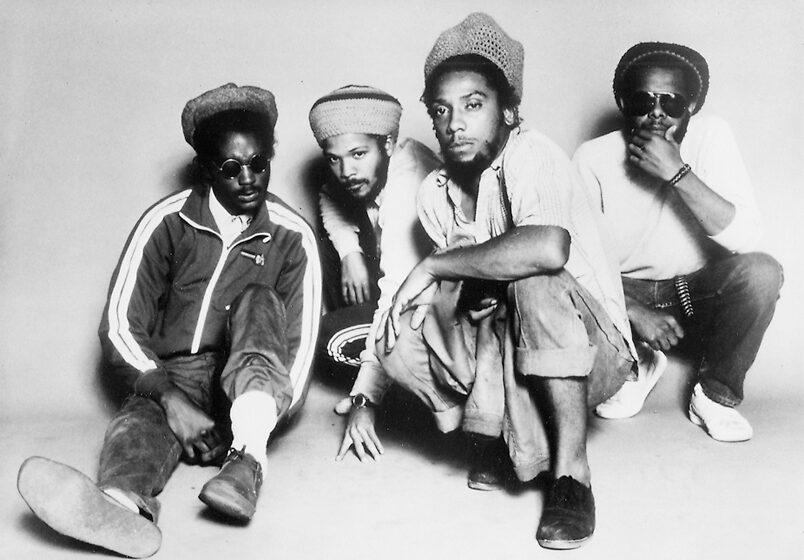
Bad Brains: When Punk Met Reggae (Again)
Roxanna Zoughi celebrates the legacy of Bad Brains, a hardcore punk band formed in 1977, whose incorporation of reggae and funk distinguished them from other performances of punk.
While acid rock bands like Led Zeppelin dominated the mainstream in the early 70s, there was a different kind of sub-culture growing within Washington D.C.’s underground, characterized by a fast-paced, unrelenting sound that would soon be identified as hardcore. This new sound was beginning to emerge in the late 1970s but had not yet solidified an identity, so when Bad Brains came onto the scene with an experimental fusion of funk and punk, this was a cornerstone in the development of the genre.
Bad Brains formed in 1977 and soon earned a reputation for their explosive live shows, eventually prompting their ban from many venues across the state capital, after which the band fled to New York to freely resume their project. Performances would transition seamlessly from fast-paced punk to slower, bass-heavy reggae lead by H.R.’s versatile vocals, typified by a quick-fire delivery of verse and ranging from guttural tremolos to falsetto shrieks – they could do it all. But Bad Brains weren’t the first instance of a punk and reggae unification. Visually and artistically, both sub-cultures were mutual outcasts whose paths were bound to cross, and soon enough bands like Steel Pulse performed at Rock Against Racism shows alongside Generation X in 1976. But this was more of a side-by-side co-existence of punk and reggae rather than a true fusion of the latter and the newly emerging hardcore sound which had not yet been fully realised – until Bad Brains.
Although the band was influenced by anti-establishment groups like Sex Pistols, they did not seek to emulate the same nihilistic tone in their music which had previously defined the punk sound of the early 70s. In other words, they weren’t simply another punk band intent on protesting their frustrations with the system or helicopter parenting. Instead, Bad Brains promoted the power of PMA (positive mental attitude), a term borrowed from self-improvement book ‘Think and Grow Rich’. “We started kicking PMA in our music, and the message was different than the regular punk rock. You know, a punk rocker can write a song about hate─I hate my mom or some shit, you know? We wasn’t on no shit like that.” tells bassist, Daryl Jenifer, to Jon Kirby in Wax Poetics 2008. The group rejected the pessimistic worldview many punk bands had, and instead embraced a traditional, yet progressive approach to their music and the kind of message they wanted to promote to their listeners, embodied by Positive Mental Attitude.
“We had to come up with an angle […] that would be very radical and creative but then at the same time, traditional. And something that people would be able to relate to.”, recalls vocalist H.R. in 2006 documentary ‘American Hardcore’. The group certainly demonstrated their creative grit in their acclaimed first album ‘Banned in D.C.’ in 1982, which achieved a kind of unsynchronized harmony in the placement of reggae in-between hardcore tracks, taking affect as the calm before (and after) the storm. Punk bands had previously sought to deliver only the storm as they protested their contempt and distrust of authority. But Bad Brains offered a different angle, a new meaning for punk other than the frustrated nihilism of bands before them, whilst at the same time maintaining the musical essentials of the genre. Bad Brains reminded people that punk didn’t have to have a single identity; punk didn’t have to mean sticking it to the man or playing strictly fast tempo heavy music, because it didn’t have to conform to one meaning at all.

